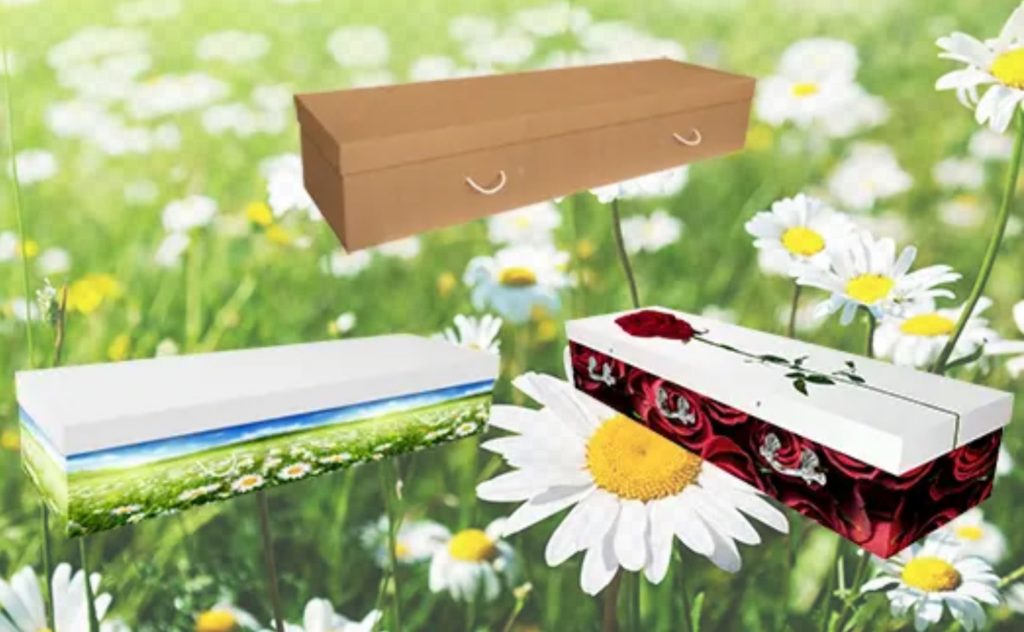
Arranging an eco funeral, also known as a green funeral, is a fitting tribute to someone who felt most at home outdoors, in wide open natural spaces. It is also ideal for those who cared about the environment and wanted to protect the planet.
There are some general principles to follow when organising the perfect service for your environmentally conscious loved one. The most eco-friendly funerals take a simple, back-to-basics approach that returns the body to the earth.
If you are adamant that you would like an eco-friendly funeral, take out a funeral plan and specify exactly how you’d like your funeral to work. If you’d like to arrange an eco funeral for a loved one, eziFunerals can help you find the right funeral director.
Here’s some tips for planning an Eco funeral:
- Opt for burial over cremation
- Request refrigeration over embalming
- Use a woodland burial site instead of a council graveyard
- Choose a coffin that uses biodegradable materials
- Consider carpooling with other funeral attendees
Eco-friendly funerals are best planned in advance, as they may require some research and preparation, however it is certainly possible to create an eco funeral in just a few days.
What coffin should I choose if I want an Eco funeral?
Another consideration for woodland burial is that you must use a biodegradable coffin. This is typically cardboard, willow, rattan or bamboo. Cardboard coffins are made from recycled paper, and come in a range of colours and designs. They can also be personalised by the family, with photos and artwork.
A traditional wooden coffin may be permitted, but this option involves the felling of trees, much less sustainable than bamboo, for example, which grows quickly. The coffin cannot be made with metal or from wood veneer.
There’s no legal requirement to use a coffin, and instead you might wish to buy a purpose-made shroud, or use blankets or sheets to cover the body. Shrouds can be found online, or for a more personal touch, why not enlist the help of a friend who can sew? Use scraps of materials stitched together into a patchwork, or visit your local fabric shop.

Image: DaisyBox Coffins Australia – www.daisybox.com.au
Which is more eco-friendly? Cremation or burial?
Cremation is often seen as better for the environment than burial, but is actually far more harmful. The process of cremating a body releases 400kg of CO2 into the atmosphere. It uses gas, a precious natural resource, and produces carbon dioxide, as well as emitting other toxic gases into the atmosphere. The final negative consequence of cremation is that the material used in dental fillings can pollute the atmosphere and water sources.
Burial has a lesser impact on the environment, but it’s important to look at the overall picture. Burial could easily contribute more carbon dioxide into the environment if the place of burial is located far away, and there will be many car loads of people travelling to reach the destination. Normal burial in a typical cemetery is worse for the planet than natural burial, due to the materials used in constructing the coffin and headstone.
The most eco-friendly choice is the woodland, or natural burial ground. These sites protect the natural woodland and provide a home for flora and fauna. There are restrictions on these burial grounds to protect the natural surroundings – some sites ask for no marker on the grave, so in future you might not be able to pinpoint the exact location of your loved one without assistance from the burial ground.
Source materials locally
Choose a location for the funeral service close to home, reducing the petrol used, and encourage mourners to car share. For the service, enlist the help of local businesses as much as possible. Coffins, flowers and catering are just a few elements that can be sourced locally to reduce the CO2 impact. You might wish to look at each business’s ethical credentials, if you have time.
Cut out the chemicals
You may not have considered the chemicals used in a traditional funeral. The most obvious chemical is embalming fluid. Embalming fluid is used to postpone the appearance of death, but there is no legal requirement to embalm. It’s usually made from formaldehyde, and this chemical leaks into the ground. The greener alternative is to simply refrigerate the body in the lead up to the funeral.
One source of chemicals you may not have considered is the burial ground. The maintenance of the land may include the use of pesticides and weed killers to enhance the appearance of the lawn. Similarly, the production of cut flowers uses pesticides and fertilisers, often hazardous to workers in these factories. Instead of flowers, you could ask friends and family for charitable donations or a contribution towards the cost of the funeral.

About eziFunerals
eziFunerals supports individuals and families cope with end of life decisions, death and funerals. We are an independent, Australian-owned and operated company. We are not part of any other funeral company.
Our member Funeral Directors are chosen for their knowledge, quality, service, personalisation and experience. They go above and beyond, and will take the time to support the family.
For more information or to make contact with a trusted Independent funeral director, call eziFunerals on 1300 236 402 or visit www.ezifunerals.com.au.




